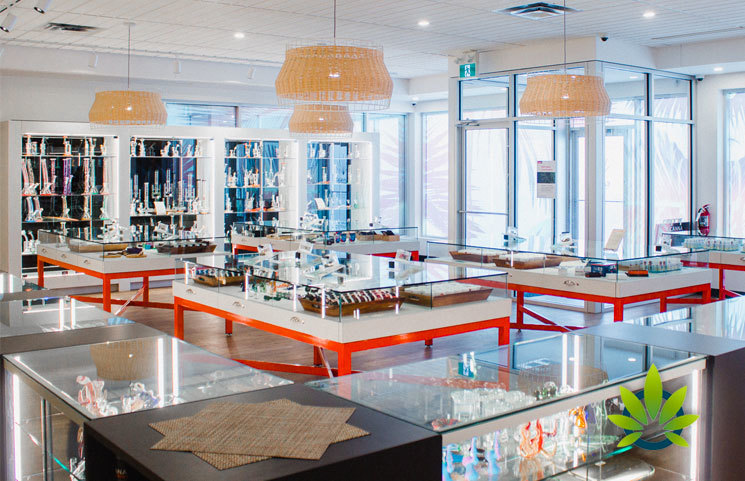Announcements
High Tide Reports Third-Quarter Sales of Over $8 Million in Retailing Cannabis Goods

The Calgary-based company experienced 281% growth in the last quarter, but also recorded a $3.7 million loss. Sales more than tripled for High Tide and its net revenue reached $8.3 million which was up from $6.6 million during the second quarter. The costs of goods also rose by 424% and gross margins increased by 37%.
Operating expenses also increased by 277% with the largest increase being salaries, wages, and benefits. These rose by $1.9 million. The next largest expense was administration costs which rose $1.6 million. That is a total of 564% compared to last year.
With all that said, the losses keep piling up for High Tide. The company’s operating loss also increased as they moved from a loss of $707,000 to more than $4 million. The company reports being 471% deeper than it was a year ago. Financing costs were $1 million and pushed the company’s losses further down. A $1.3 million income tax recovery kept High Tide’s loss at only $3.7 million; however, that is still well up from last year’s $615 million loss.
High Tide’s net growth was largely due to the acquisition of Grasscity. The Amsterdam-based online smoking accessory shop has 5.8 million annual visitors and 550,000 customers per year, according to 2018 data. They ship smoking accessories internationally that include bongs, pipes, vaporizers, and other products. No actual cannabis is sold which is why they are able to ship internationally. The majority of its client base is in the US. High Tide also acquired Dreamweavers Cannabis Products a e-commerce and retail company.
With these two acquisitions and the company’s rapid expansion, this is where the high expenses are coming from. They opened multiple new retail locations, with many in Ontario. In addition to their acquisitions of Grasscity and Dreamweavers, they partnered with Halo Labs to distribute the company’s DabTabs in several markets. High Tides is staged to continue expanding, but the company’s $8 million in sales won’t likely attract many investors. Their stock actually declined by 15%. This decline, however, isn’t as bad as what other cannabis companies experienced.






